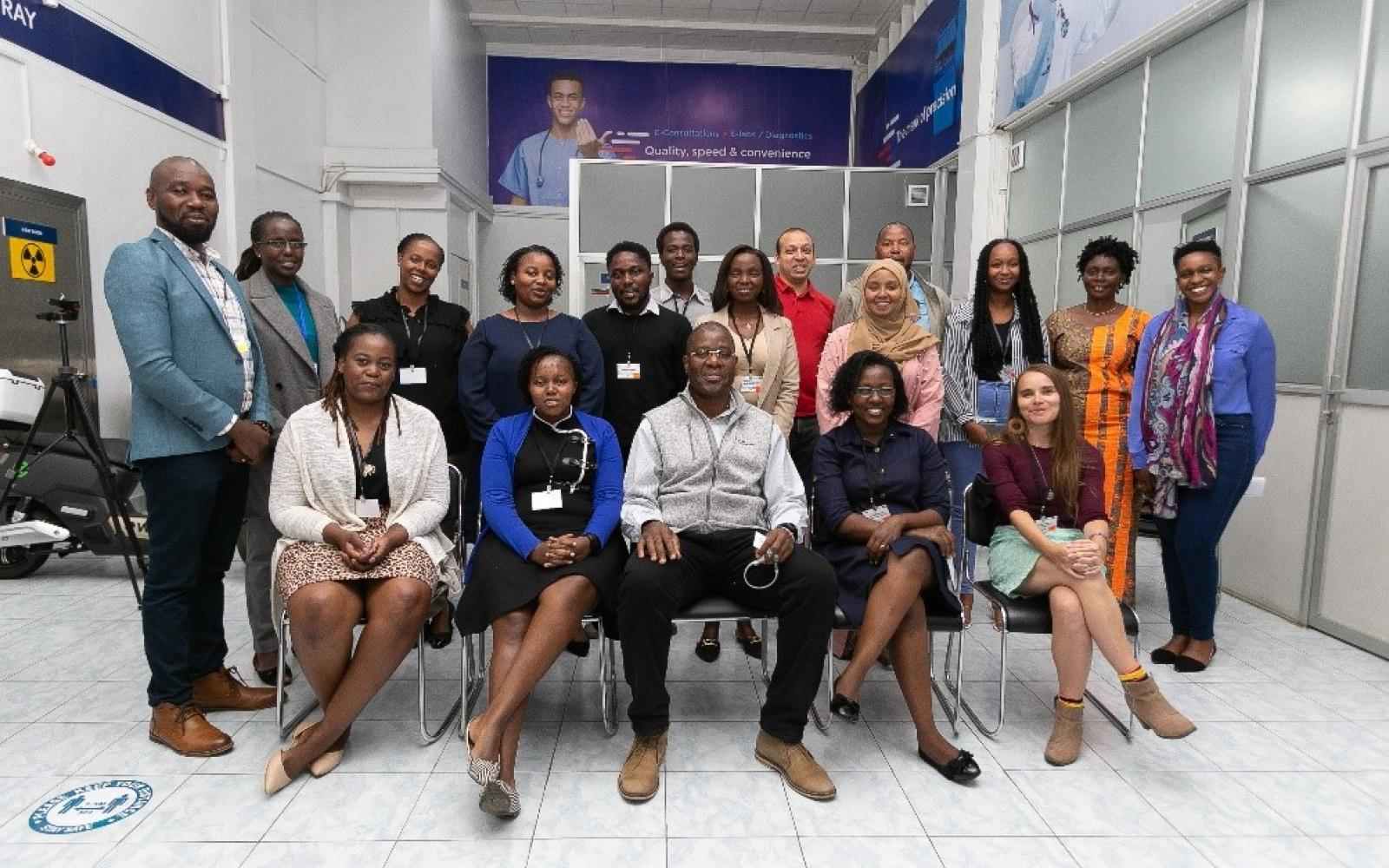Building Networks and Access to Resources in Eastern Africa's Agricultural and Renewable Energy Sectors
By Obwin Owen Benjamin, Communication Consultant.

Improving the livelihoods of smallholders in East Africa demands addressing various challenges ranging from access to resources to sustainable practices. In Ashoka East Africa's recent report, emphasis was laid on the adoption of an integrated ecosystem that promotes innovation and collaboration among various stakeholders.
This ecosystem has the capacity to enhance agricultural productivity and the adoption of renewable energy solutions. In consequence, Eastern Africa will be in a better position to record better economic and environmental outcomes.
Building an integrated ecosystem would require developing collaborative networks. Collaboration brings stakeholders from different stakeholders to see the urgent need to work hand-in-hand to foster innovation in agricultural space and distributed renewable energy.
Farmers' cooperatives and associations are a key component of this ecosystem. Revamping these organizations can provide a platform for smallholders to share knowledge, resources, and best practices. Many innovations in Eastern Africa among smallholders are at nascent stage, which demands sharing knowledge and resources to improve them for the benefit of many people in the region.
The integrated ecosystem further needs meaningful partnerships that can drive innovation in agriculture and renewable energy. Public-private partnerships can enable governments, private sector companies, and non-profits to collaborate effectively, accelerating the development and dissemination of technologies and services that benefit the Eastern African community.

An integrated ecosystem in agriculture and distributed renewable energy is a wakeup to institutions in the region. Universities and research centres in Kenya, Uganda, Tanzania, and Rwanda can work collaboratively to drive innovation in agricultural techniques and renewable energy solutions customised to local conditions.
In this ecosystem, access to financial resources needs a quick address. Smallholders have raised concerns about access to funding or financial support. Microfinance and credit facilities should devise a way to support innovations in these sectors. Providing financial support or affordable credit to innovators in agriculture and renewable energy can stimulate investment in sustainable practices and renewable energy systems.
This ecosystem demands the government extend grants or subsidies to smallholders. Providing subsidies that target adoption of new technologies in these sectors can build an integrated ecosystem that will favour innovation in renewable energy and agriculture.
One key example highlighting the significance of subsidies can be found in Tanzania. In this scenario, the Tanzanian government provided subsidies for biogas digesters which significantly reduced dependence on traditional biomass and bolstered household energy security. Essentially, financial support from governments can help lower the initial costs of adopting new technologies.
This ecosystem would also require impact investments. Attracting investments centered on social and environmental returns can guarantee necessary funding for scaling up successful initiatives among smallholders.
Capacity Building and Education
Extending training programs will educate smallholders on sustainable agricultural practices and encourage them to provide innovative solutions to problems facing smallholdings.

Extension services were available to small- and large-scale farmers, but today smallholders are neglected. Thus, providing government and non-governmental extension services can provide on-the-ground support and continuous learning opportunities to smallholders.
Encouraging peer learning and knowledge exchange should be the priority for all stakeholders in these sectors. Building platforms for farmers to share experiences and learn from each other through collaborative entrepreneurship can foster collective knowledge urgently needed to support innovation in Eastern Africa's distributed renewable energy and agriculture.
Technological Innovations
Smallholders have demonstrated their abilities to provide renewable energy solutions. Some have developed solar, wind, and biogas technologies to provide reliable and sustainable energy for storage, irrigation or processing. This is a remarkable step towards improving the livelihoods of smallholders and their communities.

Implementing digital tools can improve the activities of smallholders while enhancing their efforts. They can utilize mobile applications and online platforms to access market information, weather forecasts, and agricultural advice necessary for their activities. For example, in Uganda, an NGO and a tech company partnered to provide mobile-based market information services to smallholders. This reduced information asymmetry and increased market efficiency to the benefit of farmers.
Smallholders should be educated on using efficient irrigation systems during dry spells to enhance their agricultural activities. They should be taught how to employ technologies like drip irrigation that can optimize water use and improve crop yields even during prolonged drought seasons.
Developing an ecosystem that fosters the integration of renewable energy and sustainable agricultural practices in Eastern Africa is a strategic approach to enhancing the outcomes of these sectors. This ecosystem would require investing in capacity building, improving access to market and financial resources. Improving these areas would help multisectoral stakeholders to develop a supportive environment and improve the livelihood of the region's smallholders. Consequently, improving the region's economic and environmental sustainability.